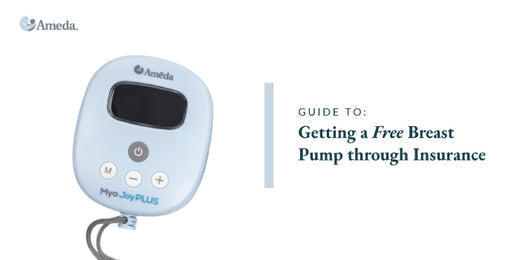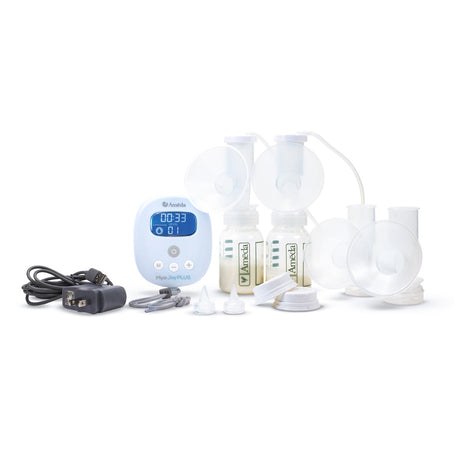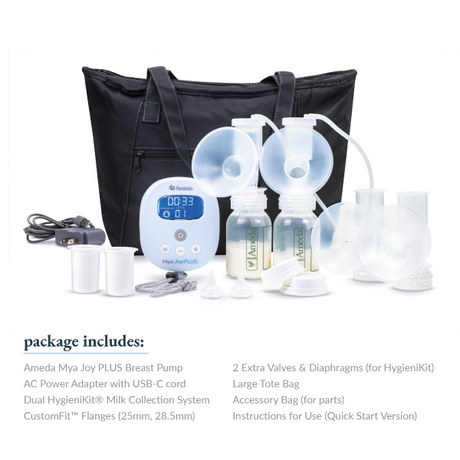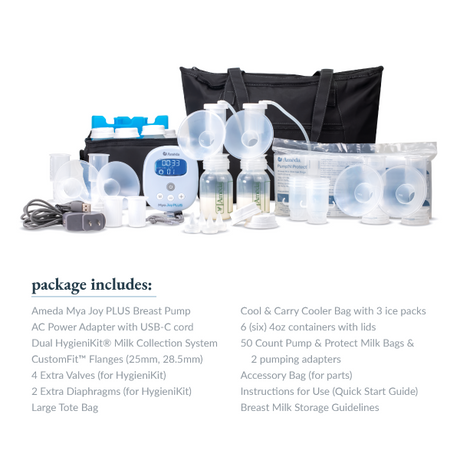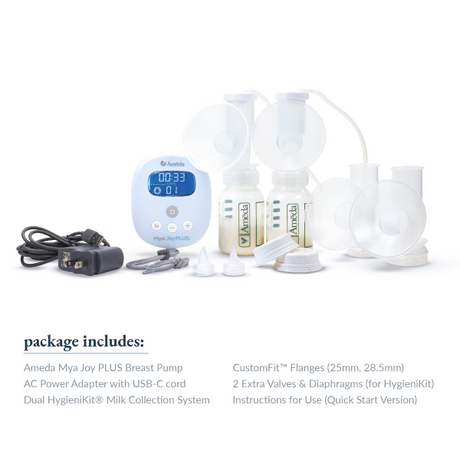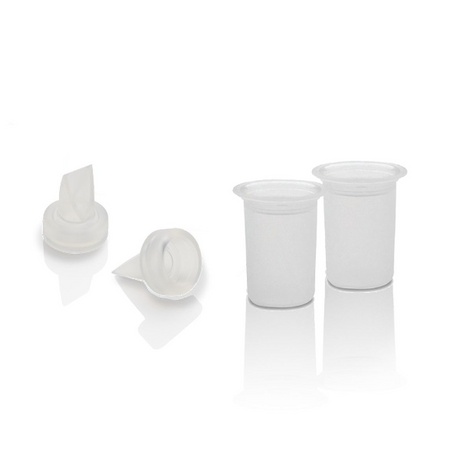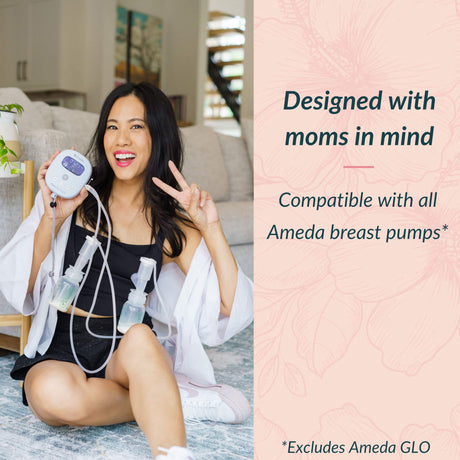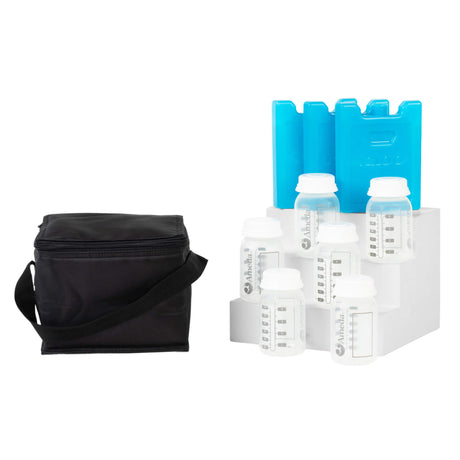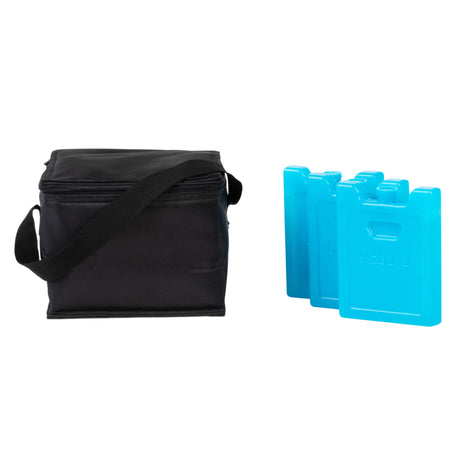Published:
Step 1: Call Your Insurance Company
Under the Affordable Care Act, your health insurance must cover the cost of a breast pump. If you’ve had your current healthcare plan since before 2010 (the day the ACA was signed), your healthcare provider may not have to follow ACA requirements for a “grandfathered” plan, but otherwise, a pump should count as part of your covered healthcare.
The first question is what kind of pump your insurance will cover. Most plans cover the cost of a double electric pump. A hospital grade rental pump may also be an option depending upon your pumping needs (separated from baby, unable to nurse) your insurance provider may have qualifications for what kind of pump they’ll offer you, and when you can get it. Getting on the phone with a representative who can walk you through your options will help you come up with a plan that works for you. 
Step 2: Ask the Right Questions
Different health insurance plans can vary when it comes to breast pump options. When you talk to the representative, know what questions to ask to get the details you need about your plan:
- Do you cover hospital-grade rental, personal double electric pumps, or both? Some hospital-grade pumps are only available by renting.
- How long will you cover a rental? Some moms only need a pump to establish nursing, while others need a long-term setup.
- Do you cover manual or electric pumps, or both? Manual pumps tend to be lighter and can be used anywhere. Double Electric models are more effective, so they can be better for mothers who need to pump daily in order to return to work or school
- What dollar amount will you cover? Prices vary, so you need to know the coverage budget. High-tech pumps with a lot of features can cost several hundred dollars.
- Do I need to order through a medical supply company you work with, or can I buy a retail model and submit the receipt for reimbursement?
- Which durable medical equipment providers (DMEs) companies do you work with?
- Which brands/models of breast pump do you cover?
- Are additional equipment parts covered? To pump, you’ll also need flanges, tubing, bottles, and other breast milk storage supplies.
- What documents do you need from me to prove my eligibility? Some insurance providers want to see a prescription from your doctor, while others only need to see that you’re receiving maternity care.
- When can I get the pump? You might be able to place your order as soon as you know your due date. In other cases, the insurance company might want you to wait until 30 days before the due date, or even ask you to call when you’re discharged from the hospital.

Step 3: Research Pump Options
If you’re covered for a breast pump, the next step is picking the right model for you. Different pumps have their perks and drawbacks, so look around and consider the factors that are most important for you:
- Noise: Will a louder motor be an issue on conference calls, or is a little whooshing okay?
- Suction: Some moms may find they need more powerful suction, or higher number of sucks per minute, to collect the milk supply they need. Occasional pumpers may not mind as much about maximum efficiency.
- Portability: How much does the pump weigh? Will you need to be near an outlet? How long do the batteries last, if the pump has them?
- Hands-free: Manual pumps, in almost all cases, require you to hold on and do the work yourself. A hands-free pumping bra might also be a great idea
Ameda has several models available through insurance. Our Mya Breast Pump offers the dependable performance you need for daily pumping in a compact size. It features a built-in rechargeable battery, an easy to read LCD, quiet operation and a closed system pumping kit. Finally Pumping without Compromise.
Step 4: Purchase Your Pump
Depending on your area and insurance plan, you may purchase your pump one of a few ways.
One way to get a breast pump is to order it online. The major medical supply companies (DMEs) most insurance plans work with have online forms you can fill out. Then, they’ll ship the pump right to your door. Edgepark, Bryam Healthcare, 1 Natural Way, and Aeroflow all have easy to use websites for ordering your pump only. You can call other medical supply companies to ask about processing and shipment time, too.
If you have a brick-and-mortar medical supply store nearby, you may be able to walk in, check out models in person, and leave with a breast pump the same day. The same goes for people whose health insurance will reimburse a pump they buy at any retailer. If you’re on bed rest or don’t have a store close by that offers the pump you want, in-person shopping might not work for you, but for many moms-to-be, going to a physical store can be a quick way to get your pump.
In a pinch, if you need a pump and insurance won’t ship one until after the baby is born, ask at the hospital or call a lactation consultant about renting a pump on a weekly basis.
Figuring out insurance is never fun, but getting a free breast pump is worth the trouble! Use this simplified guide, or share it with an expecting mama in your life to make preparing for a new baby that much easier.
DISCLAIMER: Ameda strives to present you with accurate and useful breastfeeding information. This article may contain information and ideas that are not necessarily the views of Ameda. It does not constitute medical advice. If you have any questions please contact your healthcare professional.

